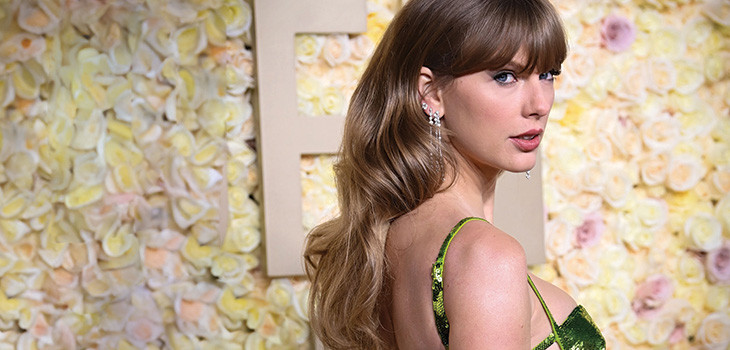
- Considers the creators and publishers of deepfakes, and the respective challenges when it comes to prosecuting.
- Explains the various factors governing the offence threshold that complicate legislative intervention.
The circulation of AI-generated ‘deepfakes’ of Taylor Swift has prompted calls for urgent legislative intervention. Even the White House was moved to offer its support for criminalisation, apparently failing to recognise its own failure to take action despite the proliferation of deepfake technology for many years. However, translating the outrage into workable legislation will prove a significant challenge on both sides of the Atlantic.
The creator
Various deepfake AI programmes are openly accessible online. Anyone can visit a hosting website and request the creation of an image. Typically this is done by selecting preferences across various categories, but leaving significant latitude in respect of the final design. The AI programme will then produce the image. Herein lies a difficulty that is both literal and philosophical: who has ‘created’ the image? Commissioning the creation of an image











